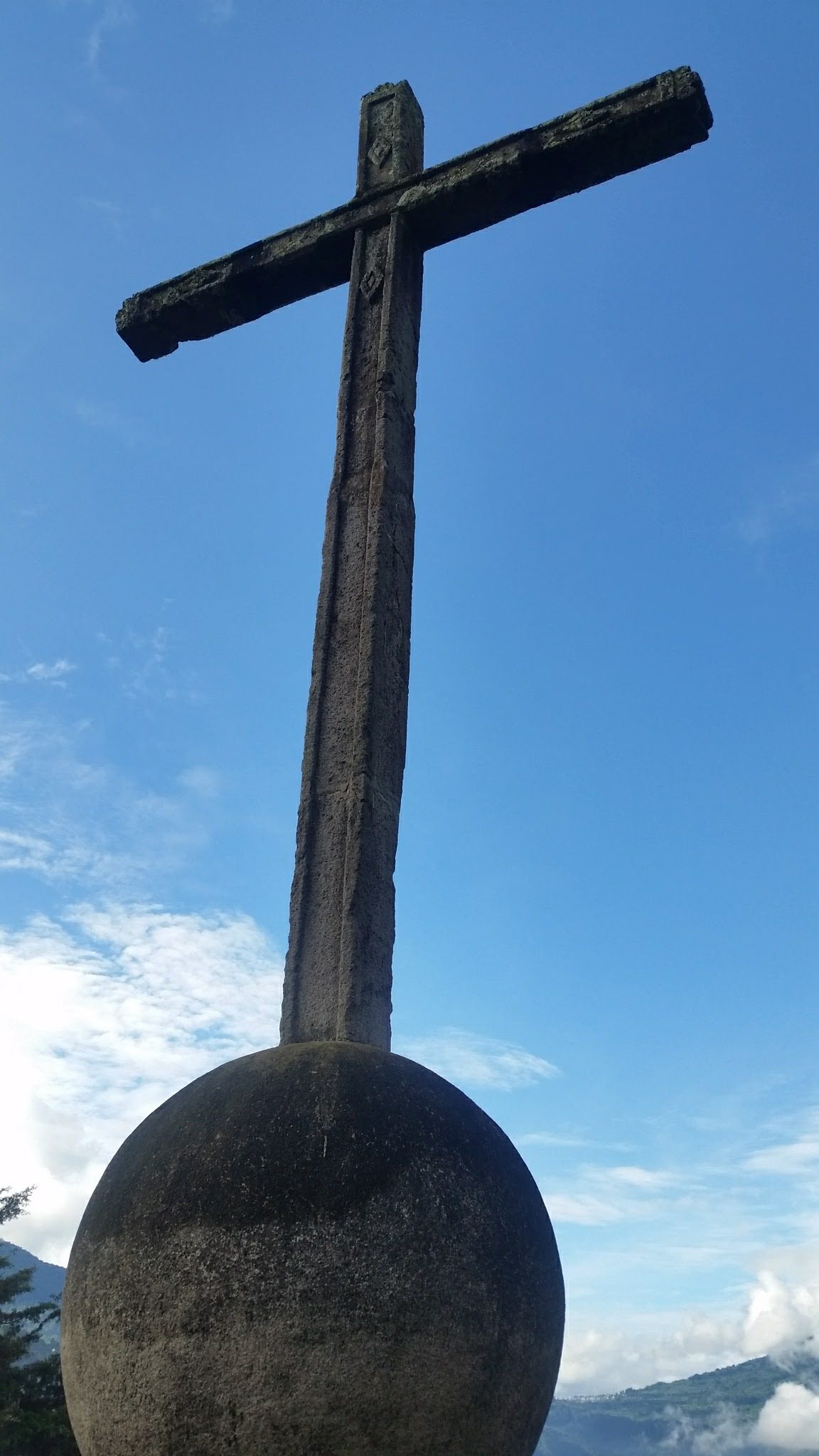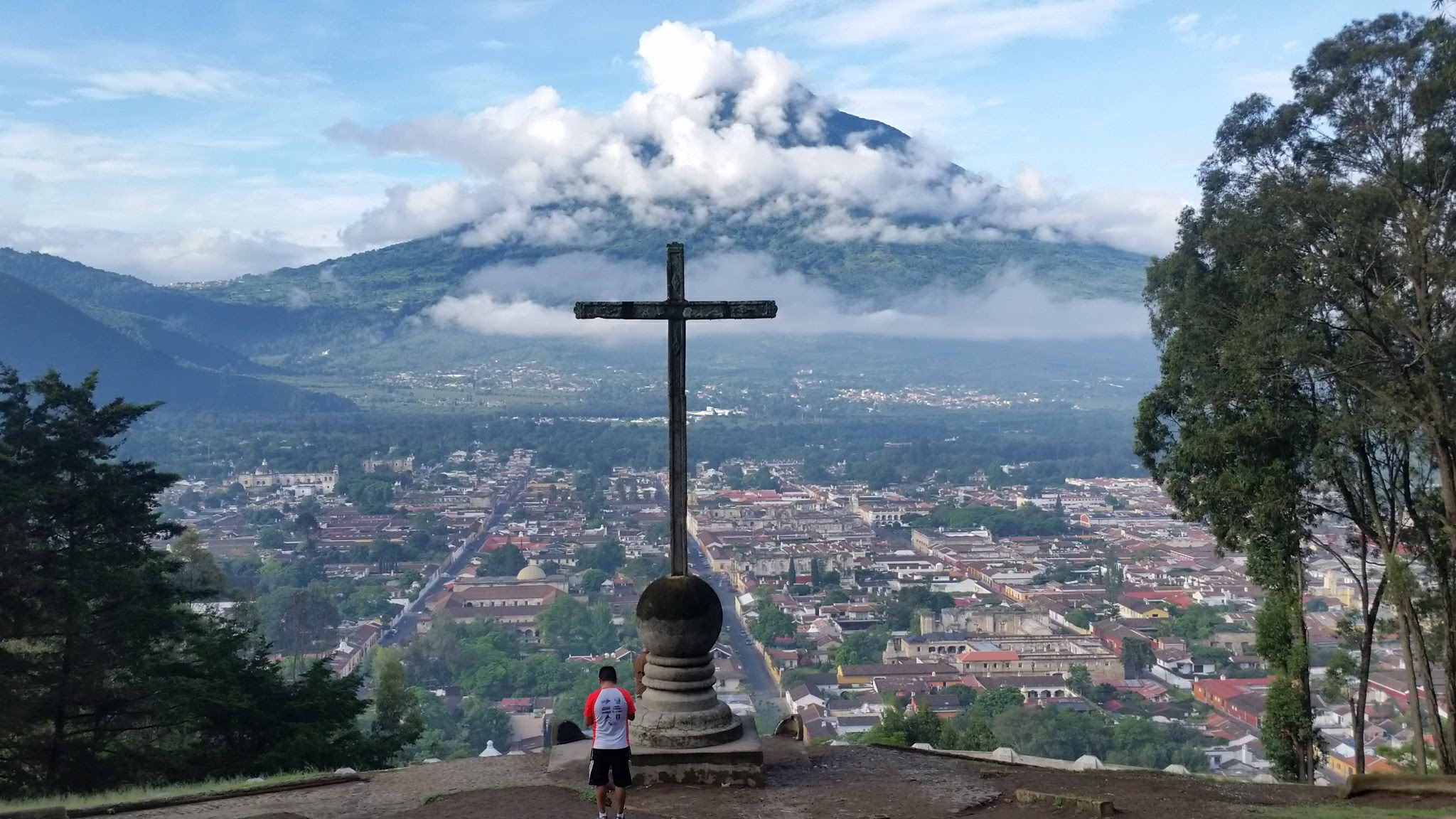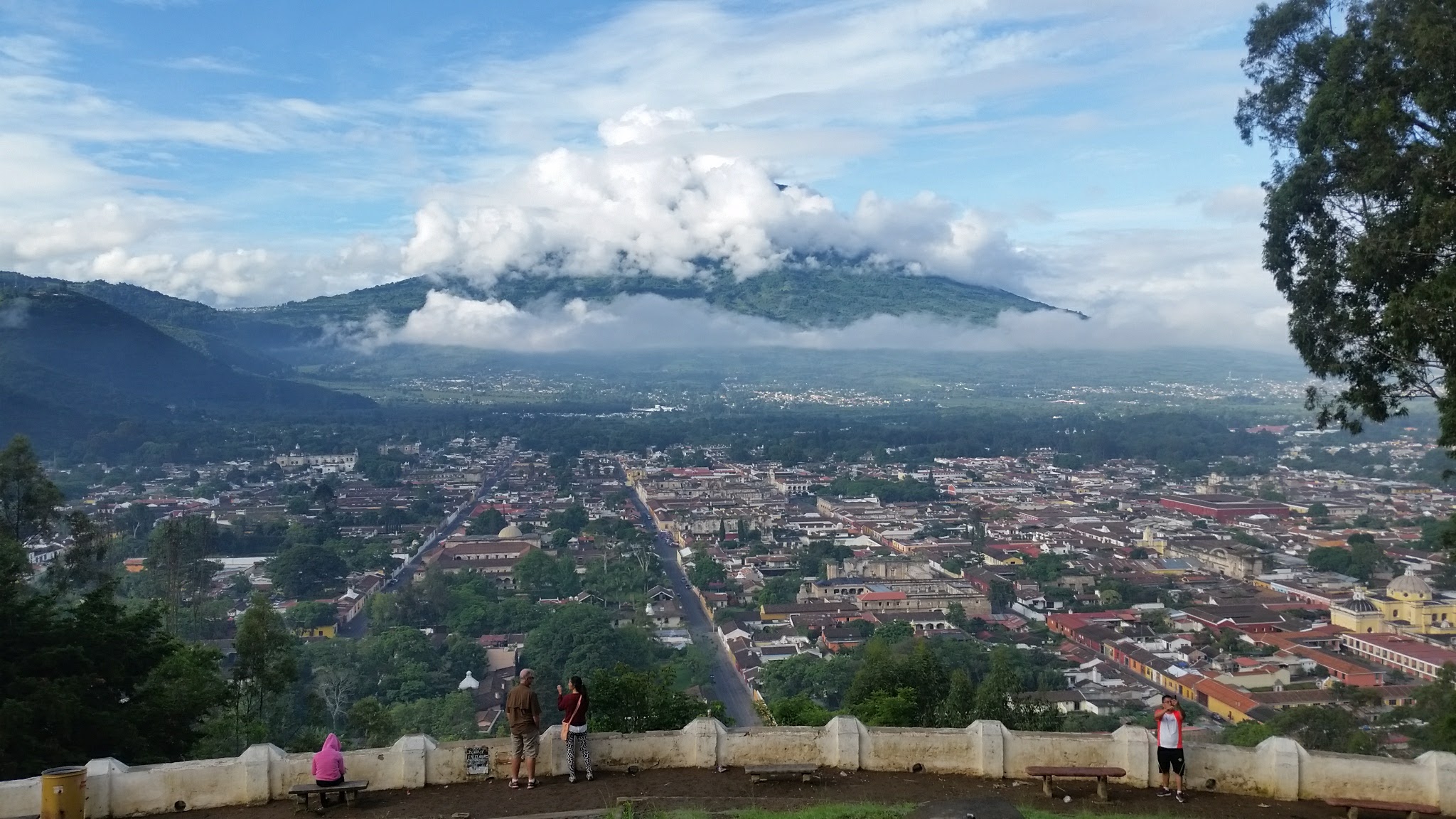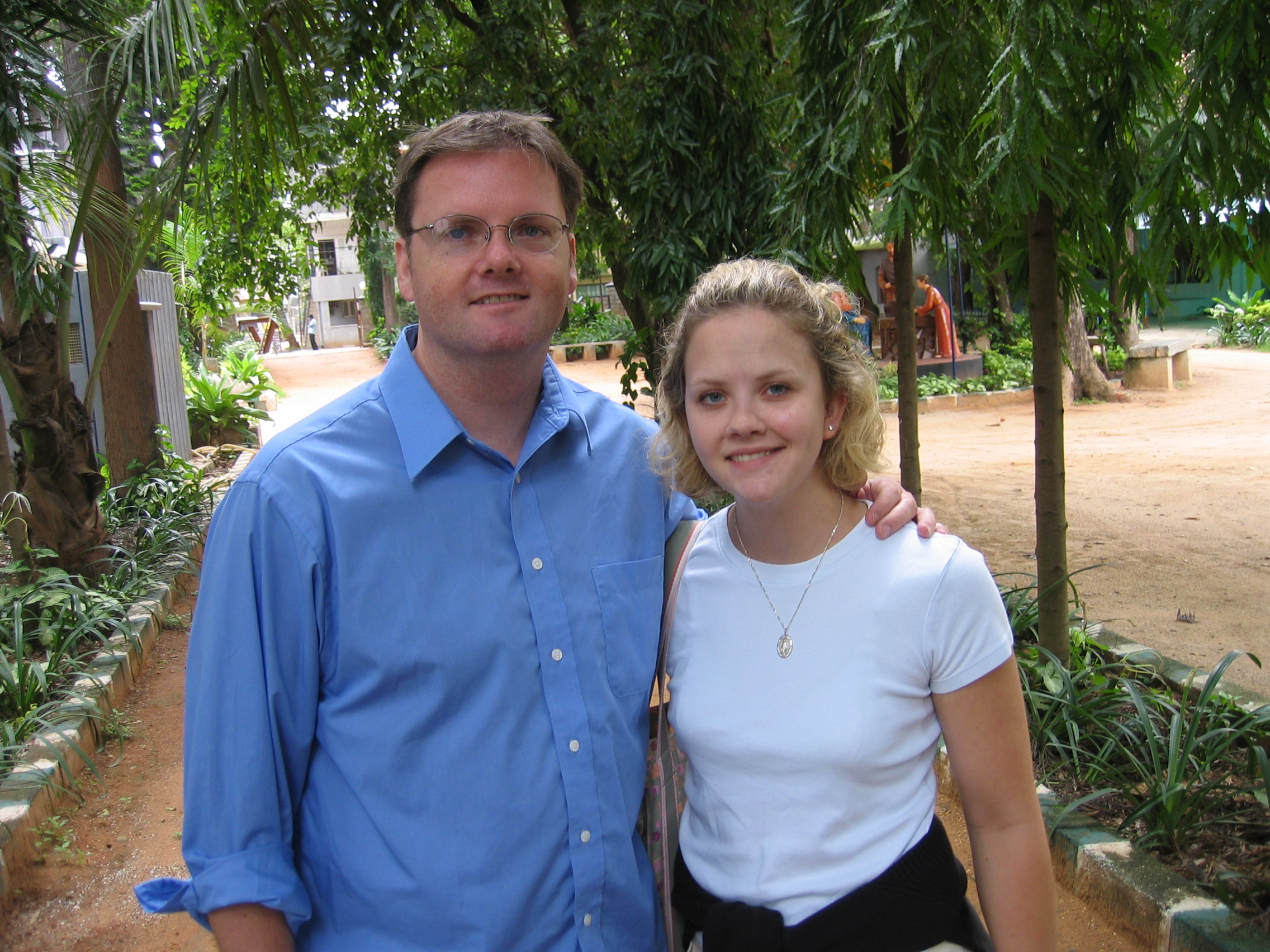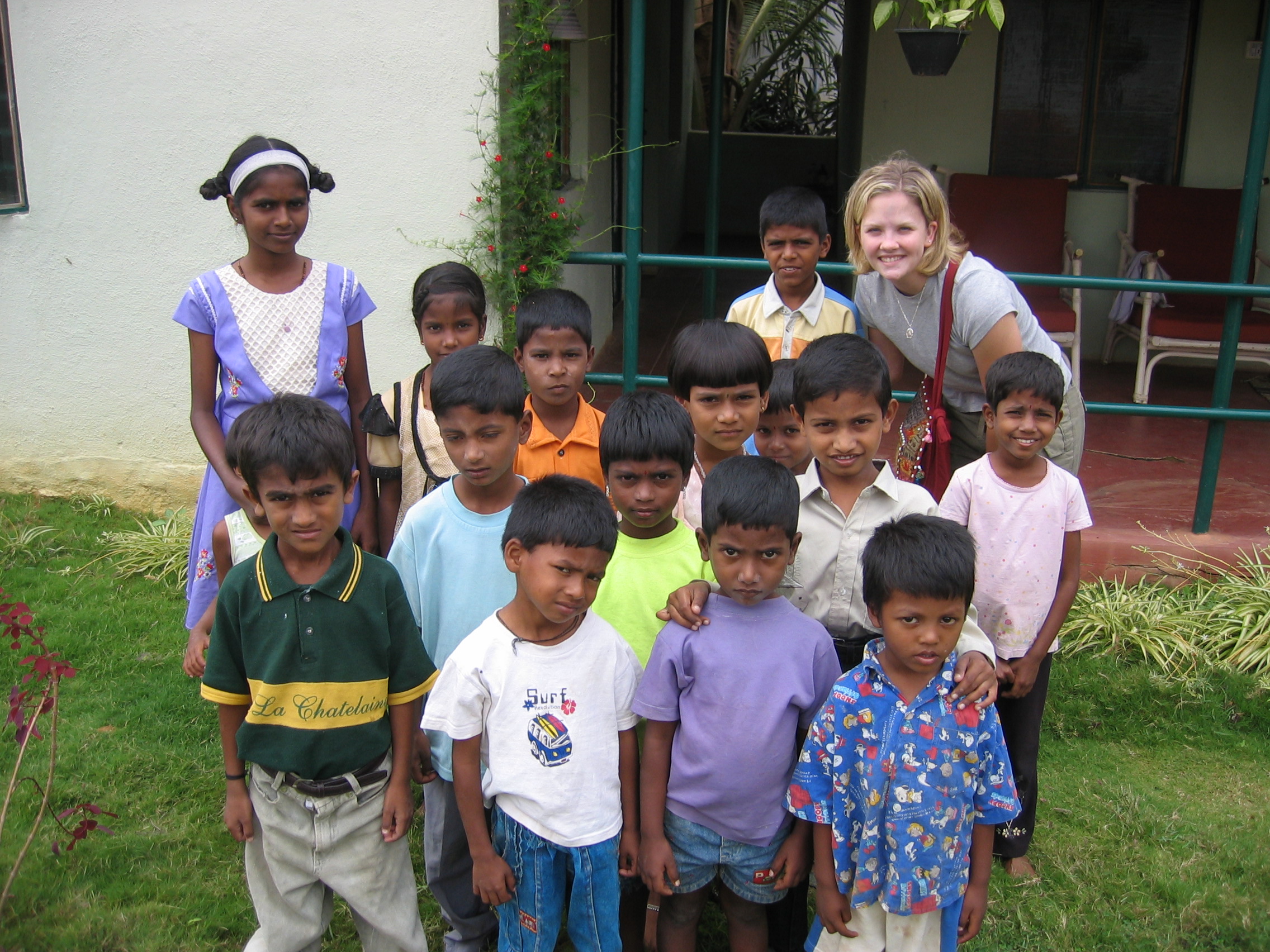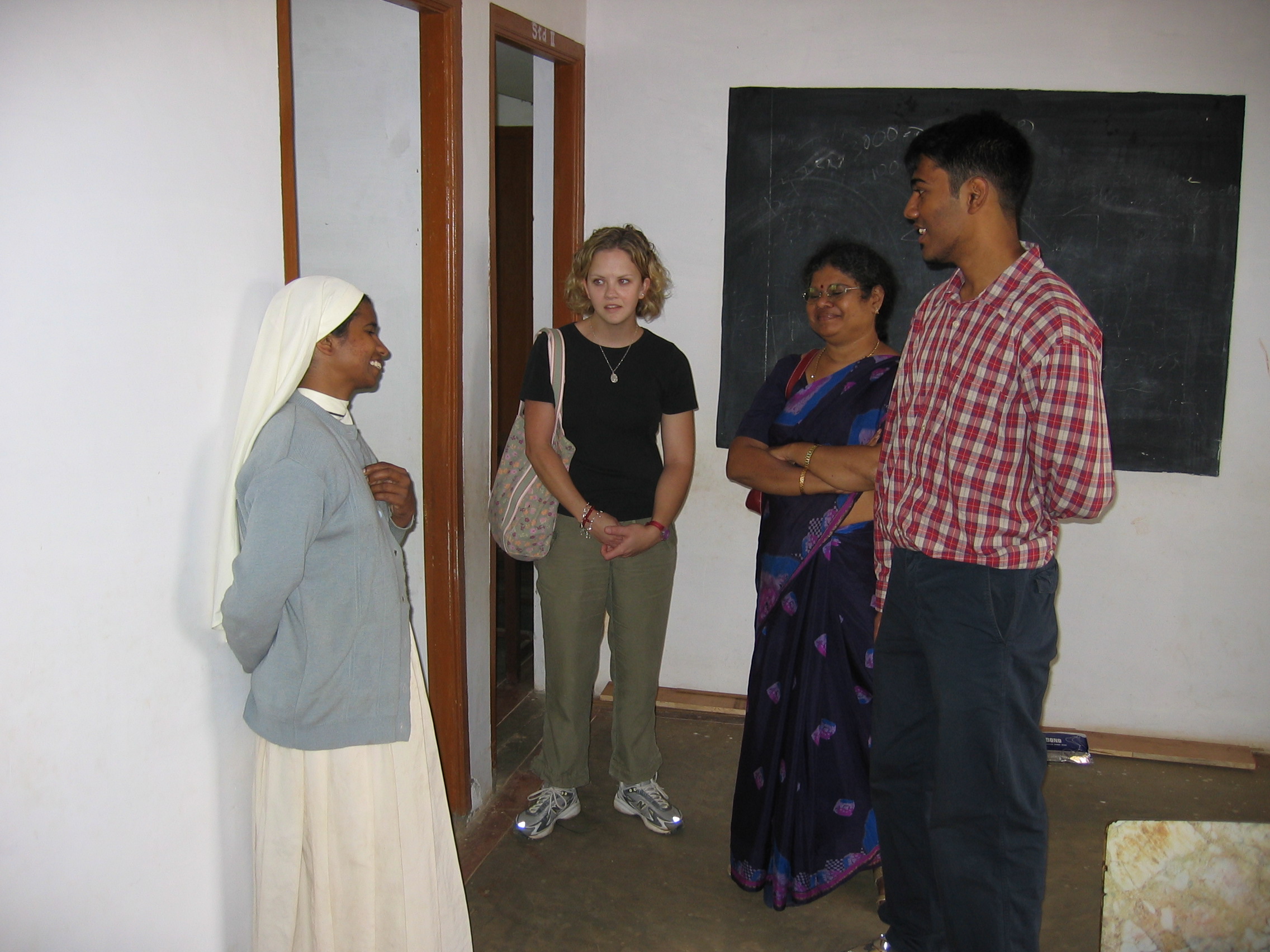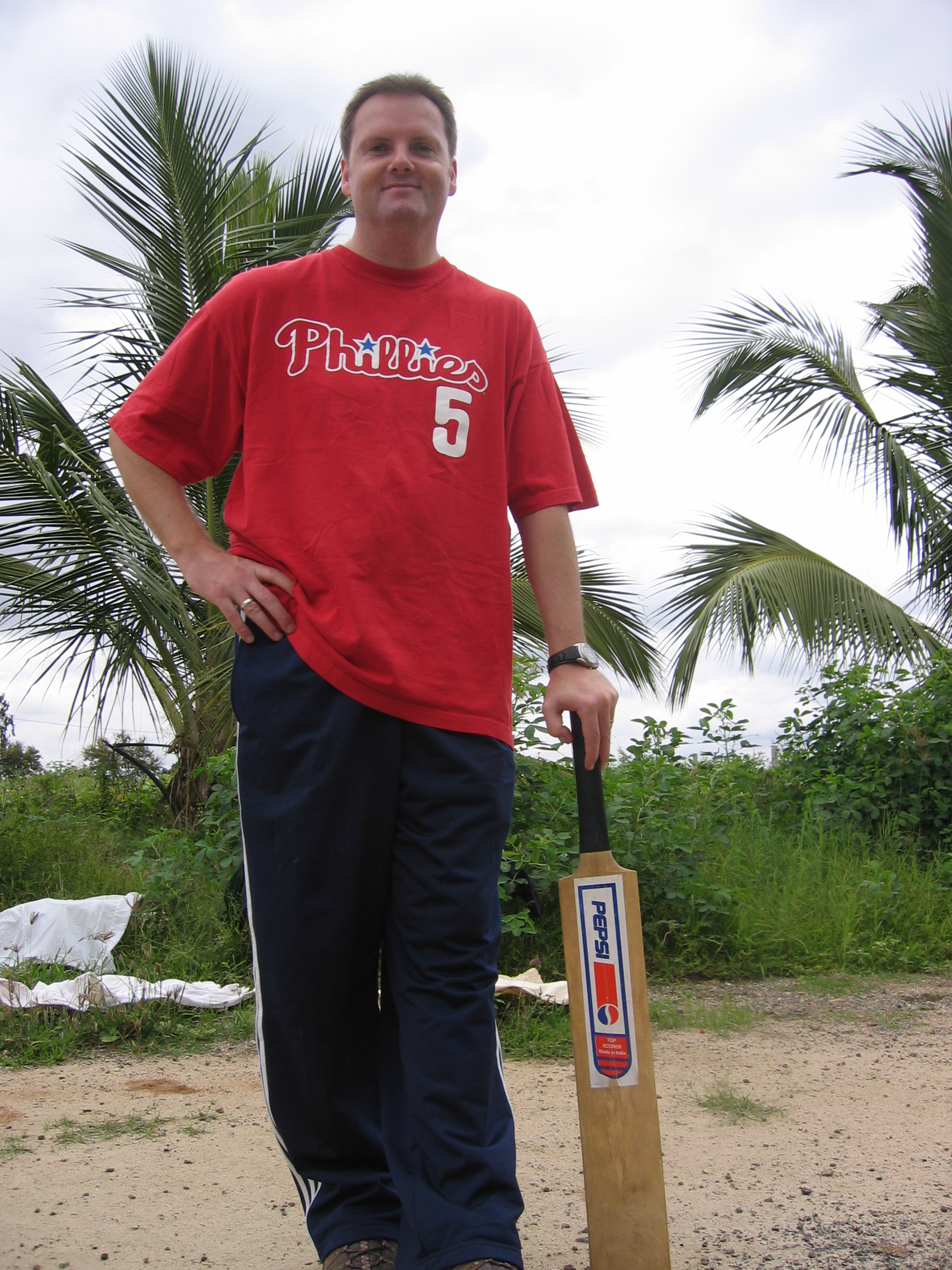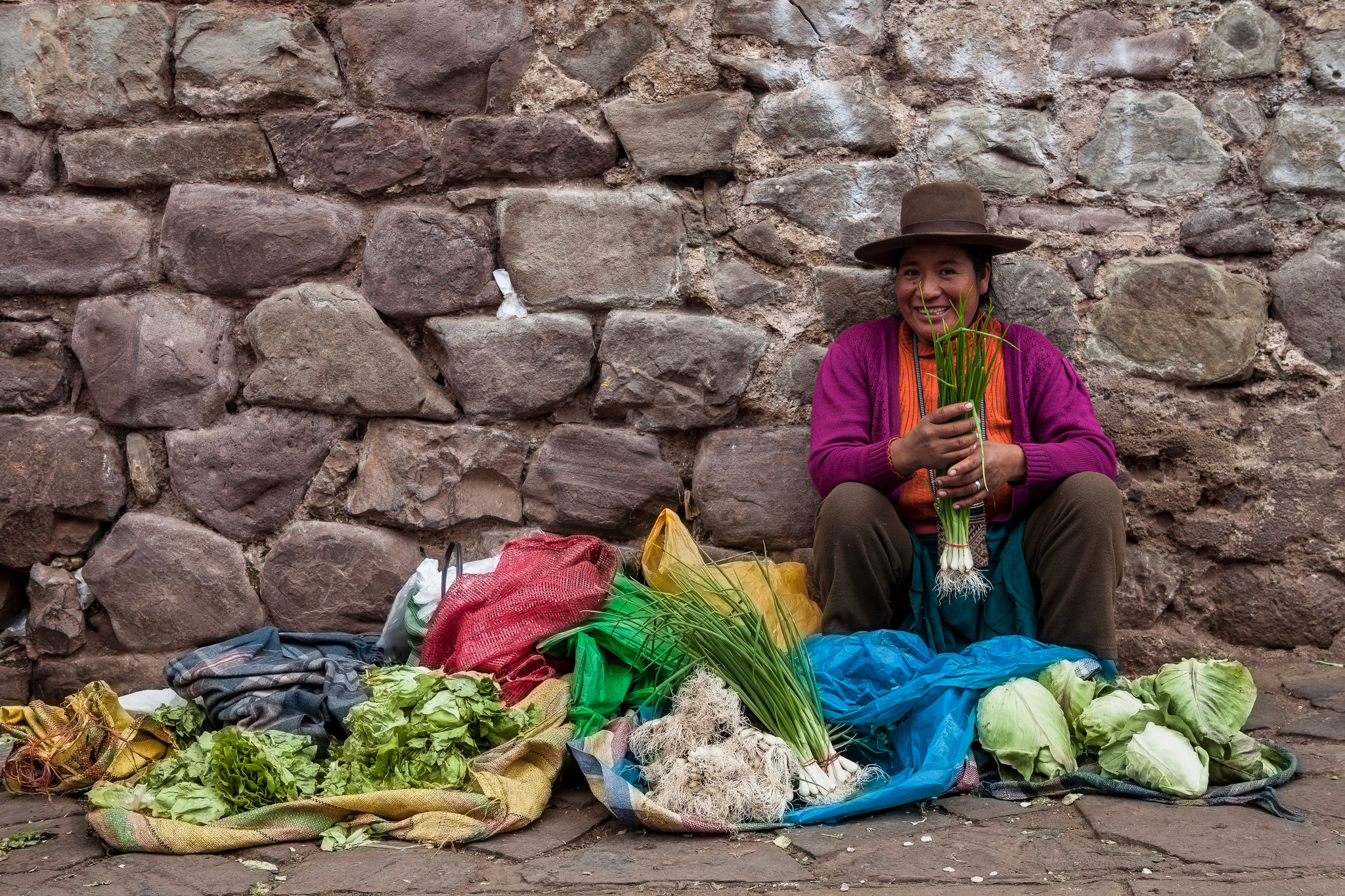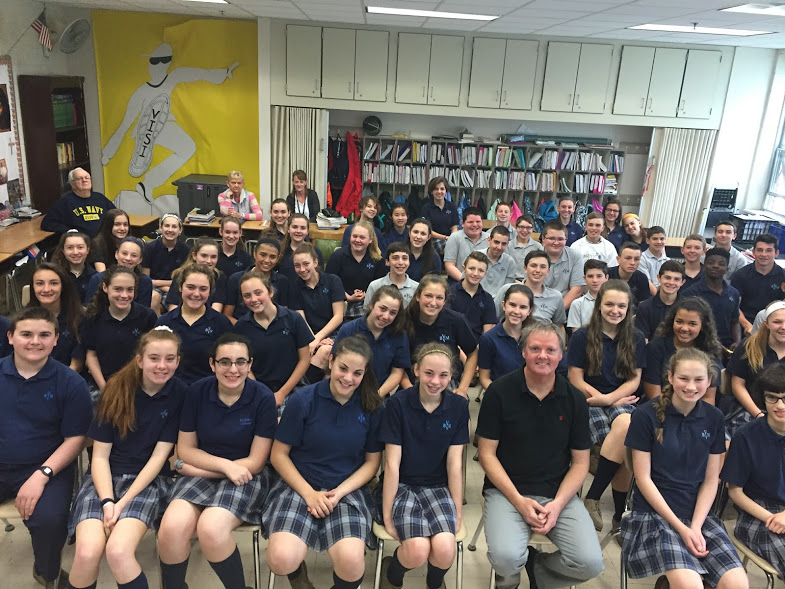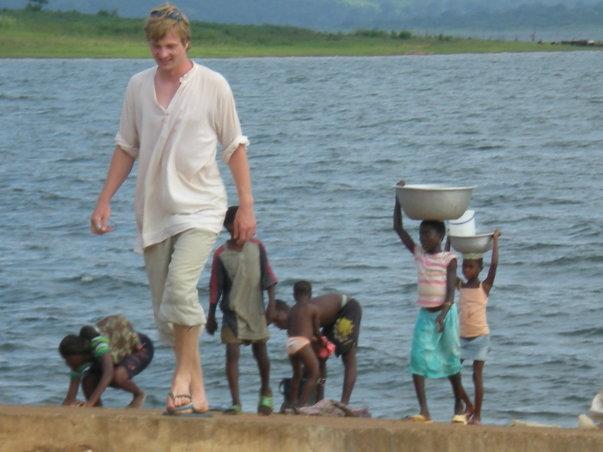The Cerro de la Cruz is one of the must-see attractions in Antigua, Guatemala.
La Cruz (“The Cross”) is in an elevated park cut into a hill on the north side of Antigua.
I visited La Cruz a couple of days ago as I was finishing my trip here to host our volunteers in Guatemala.
My photos are at the end of this post.
I still love visiting La Cruz every time I am in Antigua. The place never gets old!
At La Cruz you can see the entire town of Antigua and get an unobstructed view of Volcan Agua.
Go on a clear day for the best possible viewing. It is best to go early morning, say by 8 am, before the clouds roll in and cover things up.
Although it difficult to get lost in Antigua — because of its small size and perpendicular street layout — La Cruz can also serve as a good landmark for newbies to the town.
La Cruz has had a bad reputation for years with robberies and assaults of tourists.
But the city has mostly ended the daytime dangers by having police patrol La Cruz from 8am to 4pm daily.
To reach the top of La Cruz, you must walk about 300 steps. Many of the “steps” are long and flat, so it is not too tough of a journey.
How to Reach La Cruz
- Go to the street 1a Avenida
- Turn north on 1a Avenida
- Look for the entrance sign “Bienvenidos Cerro De La Cruz”
- Start walking up the steps!
Facts About Cerro de la Cruz
- Built in 1930
- About a 15 minute hike from center of Antigua
- Police patrol 8am – 4pm daily
